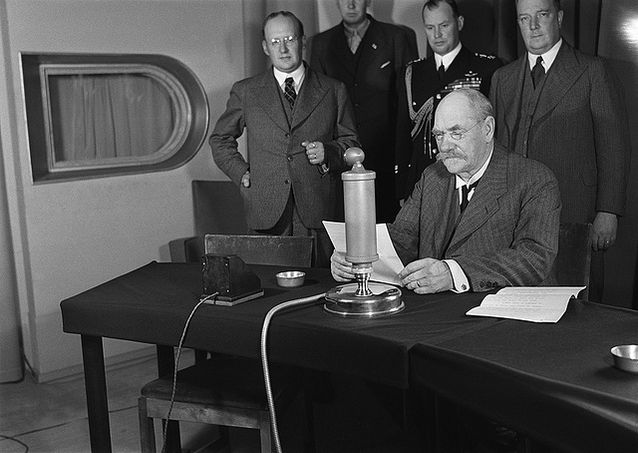Pehr Evind Svinhufvud
Pehr Evind Svinhufvud
Born December 15, 1861, Sääksmäki. Died February 29, 1944, Luumäki.
Master of Arts (History), 1881, Imperial Alexander University
Master of Laws (Roman and Canon), 1886, Imperial Alexander University
Master of Laws, 1888
Assessor, Turku Court of Appeals, 1902
Judge, Heinola Circuit, 1906
Judge, Lappee Circuit, 1908
Procurator, 1917–1918
Managing Director, Suomen Vakuus Ltd (finance), 1919–1920
President of the Senate, 27.11.1917–27.5.1918
State Protector, 18.5.–12.12.1918
Member, High Court of Impeachment, 1919–1931
Prime Minister, 4.7.1930–18.2.1931
President of the Republic, 1931–1937
Photo: Wikimedia Commons
Written by Tero Juutilainen
Translated by John Calton

